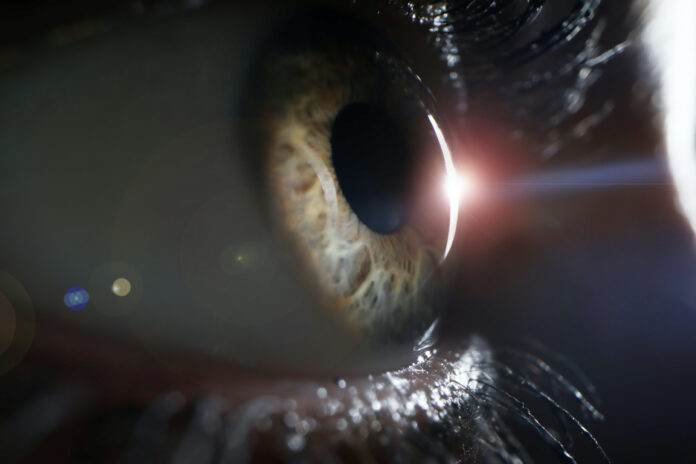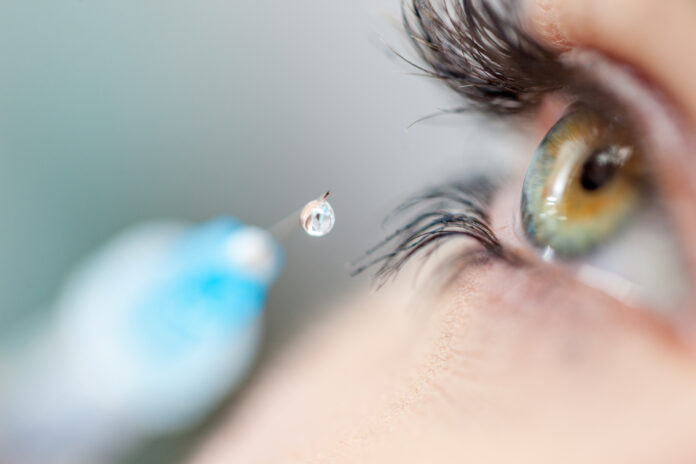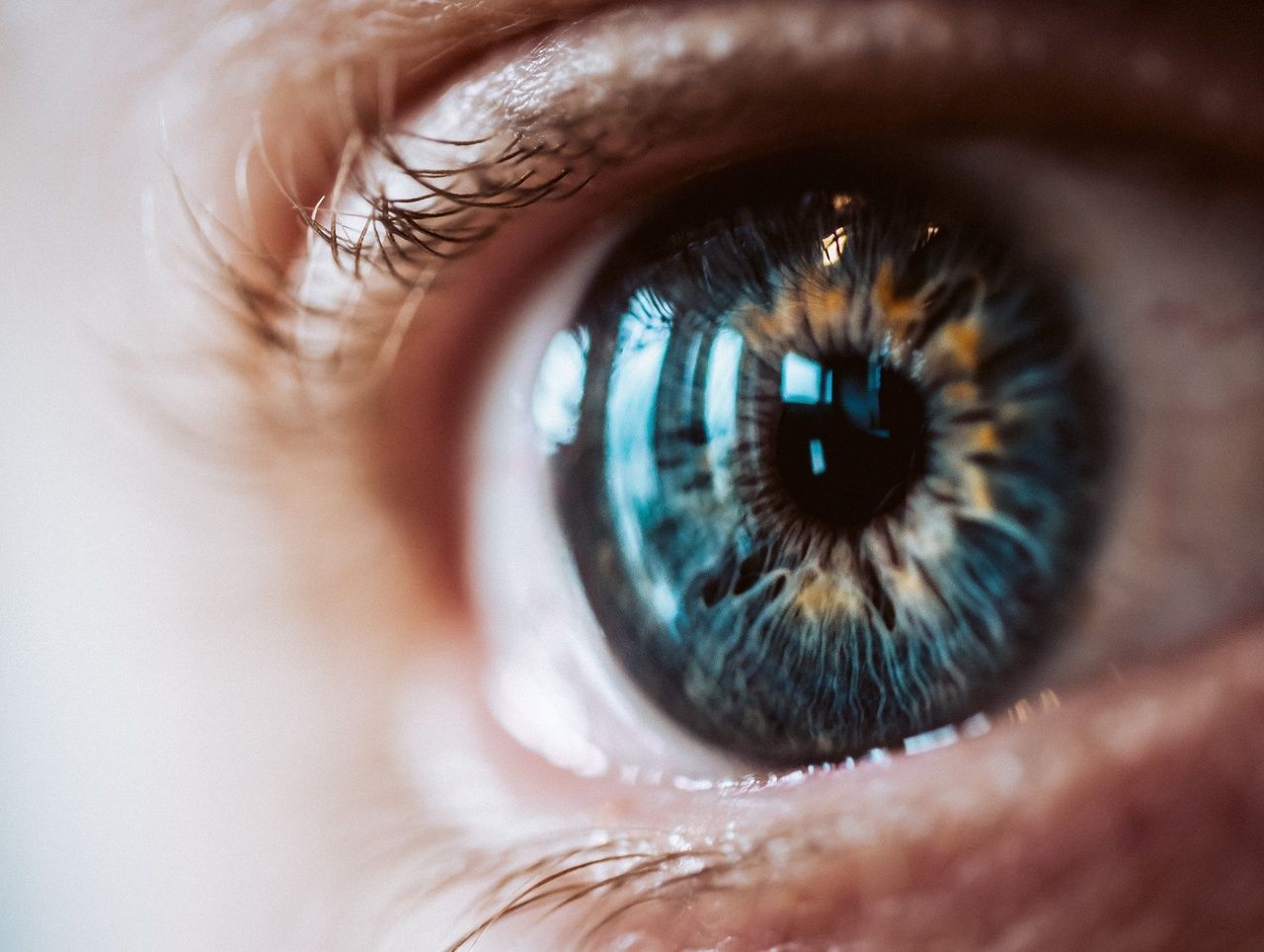Almost 12 percent of Americans, more than 38 million people, have been diagnosed with diabetes according to recent reports. Nearly 30 percent of them develop diabetic retinopathy, a condition in which high blood sugar levels cause damage to the eyes.
Many of them suffer from diabetic macular edema as a result. Understanding DME is the key to minimizing its effects and hopefully preventing the vision loss it may cause.
Taking a Closer Look at DME

First of all, let’s answer one of the main question on many people’s minds: what is diabetic macular edema? In short, DME is a complication of diabetic retinopathy. It happens when fluid builds up in the eyes due to the damage caused by retinopathy.
That damage can cause blood vessels in the eyes to leak fluids and fatty compounds into the macula, which is a small area at the back of the retina. That leakage and fluid buildup can lead to swelling and vision issues. If it’s not treated, it can cause blindness.
What Are the Symptoms of DME?
In the beginning, diabetic macular edema may not cause any noticeable symptoms at all. It’s not usually painful, and it worsens gradually. That’s one of the reasons so many people don’t realize they’re living with it until later on in its progression. By that time, they often have significant macular damage. With that being the case, it’s important to have routine eye exams at least once a year, especially if you’re diabetic.
Having annual eye exams is recommended even for people who haven’t been diagnosed with diabetes. There have been many cases where eye doctors have found early signs of retinopathy and DME in patients who didn’t even realize they were diabetic. That, in turn, was their gateway to getting the treatment they needed to keep diabetes and its complications under control.
That being said, one of the warning signs of diabetic macular edema as it progresses is blurred or distorted vision. You may start to have difficulty reading or seeing details clearly. Straight lines may start to appear wavy or bent, and colors may begin to look faded or dull.
You may see floaters, which are spots or wavy lines, drifting across your field of vision as well. Some people experience patchy vision loss. With DME, your vision is likely to grow worse over time.
How Is DME Treated?

At present, there’s no cure for diabetic macular edema. It’s possible to treat its symptoms, slow its progression, and reduce the risks of complete vision loss, though. Anti-VEGF injections are among the most common treatments. This involves injecting medications into the eyes to prevent blood vessels from swelling, breaking down, and leaking.
Corticosteroid injections can reduce inflammation and blood vessel leakage in the eyes as well. Certain types of laser treatments may be used to seal leaking blood vessels. In some cases, doctors perform vitrectomies to remove fluid, blood, and scar tissue from the eyes. All those treatments can help minimize the impacts of DME.
Preventing Vision Loss With Early Detection and DME Treatments
There’s no surefire way to prevent diabetic retinopathy and its complications, including diabetic macular edema. Still, routine eye exams and early detection can help reduce its effects. Several treatments are available to help prevent or at least delay the eye damage and vision loss DME tends to cause.







